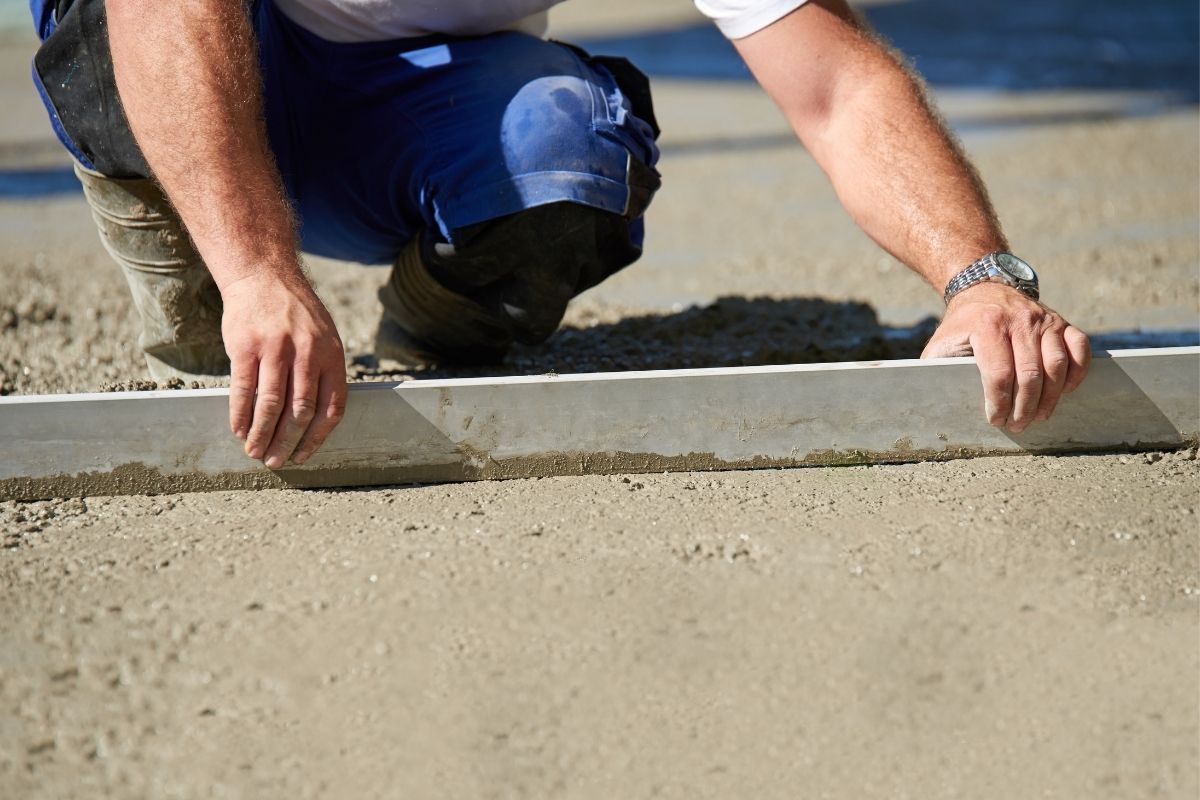Discover the differences between traditional, reinforced and fluid screeds. Advantages, disadvantages and practical advice for choosing the ideal screed based on your criteria and constraints.

Choosing the right type of screed is a crucial step to ensure the strength, durability and comfort of your floors. Between traditional screeds, reinforced screeds and fluid screeds, the characteristics vary greatly: drying time, price, mechanical resistance, compatibility with underfloor heating. In this article, Davide Chape guides you through the differences and advantages of each solution, so you can make the choice that best fits your needs.
The traditional screed, or sand-cement screed, is made from a mixture of cement, sand and water. Prepared directly on site or delivered ready to use, it is laid manually, levelled with a straightedge and then smoothed.
👉 Traditional screed remains a good choice for small budgets, projects without time pressure and outdoor applications.
A reinforced screed is based on a traditional screed but includes mechanical reinforcement to reduce cracking and improve strength:
👉 Reinforced screed is ideal for large areas, underfloor heating and zones exposed to heavy mechanical loads (garages, workshops).
👉 Fluid screed is the best solution for large areas, fast-track projects and underfloor heating.
The choice between a traditional, reinforced or fluid screed depends above all on your priorities: budget, deadlines, type of flooring, and mechanical or thermal constraints.
At Davide Chape, we support each project with personalised advice to ensure you get the best, most durable and most suitable solution for your needs.
Do not hesitate to contact us directly: our team is always available to assist you and provide a 100% free quote.
A reinforced screed is the most resistant thanks to its reinforcement (mesh or fibres).
The cement-based fluid screed, with an initial drying time of 24 to 48 hours, is the fastest.
No, fluid screeds – especially anhydrite – are not suitable for humid or outdoor environments.
- Traditional: 10—25 €/m² - Reinforced: 30—60 €/m² - Fluid: 25—60 €/m²
Anhydrite fluid screed is the most efficient, but a fibre-reinforced screed is also highly recommended.